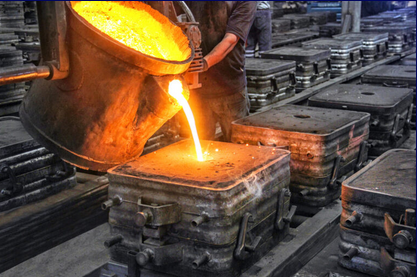
Injection moulding is a production process that enables for parts to be manufactured in large volumes. It functions injecting molten materials in to a mould (or ‘mold'in the United States). It's typically used as a large production process to manufacture thousands of identical items. Injection moulding materials include metals, glasses, elastomers and confections, although it is most commonly combined with thermoplastic and thermosetting polymers.
How can it Work?
The first stage of injection moulding is to produce the mould itself. Most moulds are made from metal, usually aluminium or steel, and precision machined to complement the features of the item they're to produce.
When the mould has been produced by the mould-maker, the material for the part is fed into a heated barrel and mixed using a helical shaped screw. Heating bands melt the material in the barrel and the molten metal or molten plastic-type is then fed in to the mould cavity where it cools and hardens, matching the design of the mould. The cooling time may be reduced through the use of cooling lines that circulate water or oil from an additional temperature controller. Mould tools are installed on plate moulds (or ‘platens'), which open when the material has solidified to ensure that ejector pins can eject the part from the mould.
Separate materials could be combined in a single part in a form of injection moulding called a two-shot mould. This technique can be used to add a smooth touch to plastic products, add colours to part or produce items with various performance characteristics.
Moulds could be manufactured from single or multiple cavities. Multiple cavity moulds can have identical parts in each cavity or could be unique to generate parts of different geometries. Aluminium moulds aren't best worthy of high volume production or parts with narrow dimensional tolerances since they've inferior mechanical properties and may be vulnerable to wear, deformation and damage as a result of injection and clamping forces. While steel moulds are far more durable they are also more expensive than aluminium moulds.
The injection moulding process requires careful design, including the shape and top features of the part, the materials for the part and the mould and the properties of the moulding machine. Consequently, there are many considerations that have to be taken into consideration when injection moulding.
For more details check out machine shops in florida.
No comments:
Post a Comment